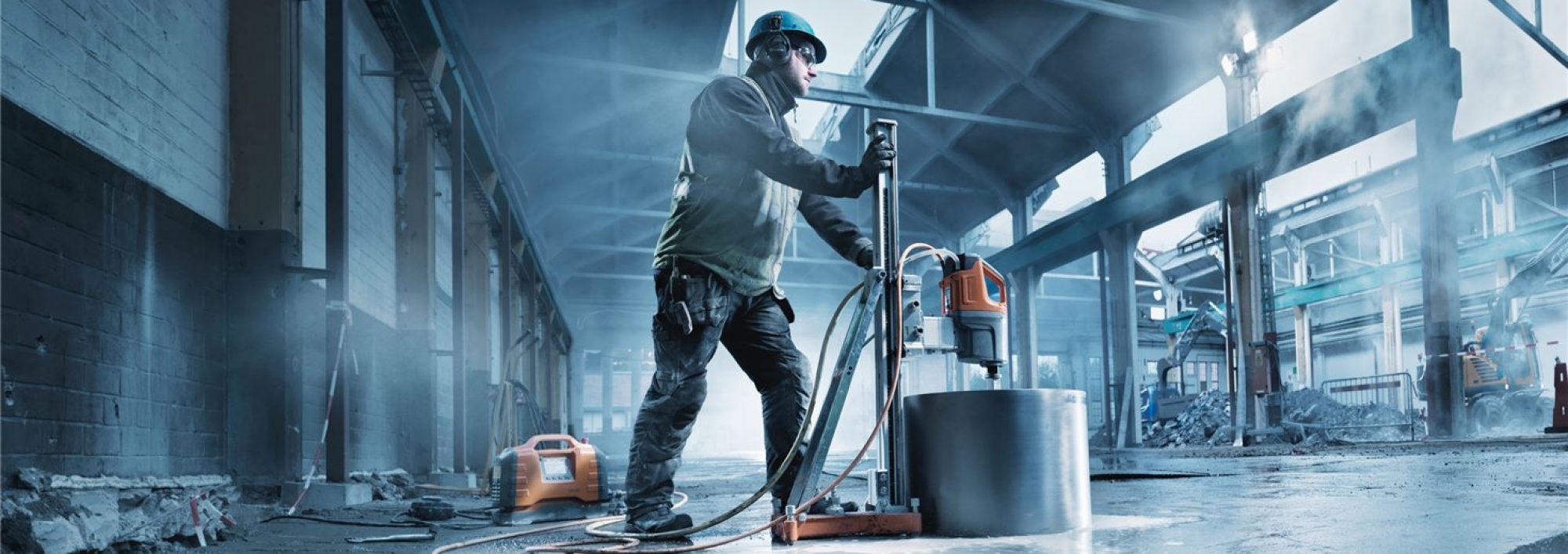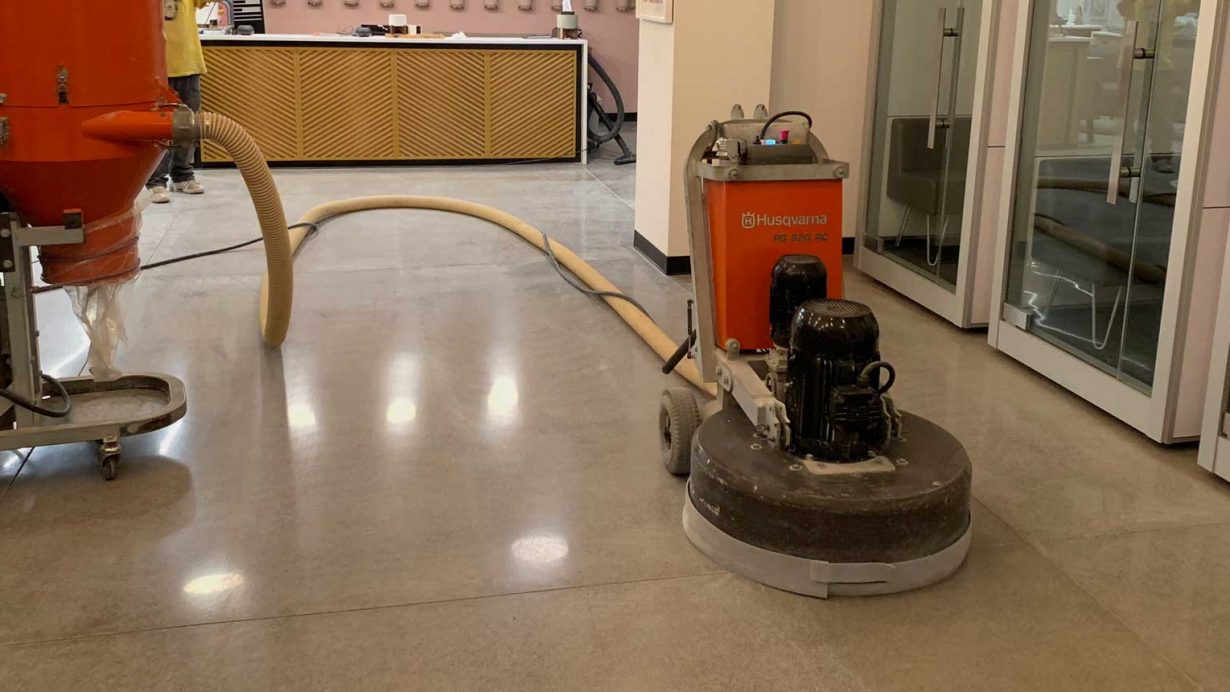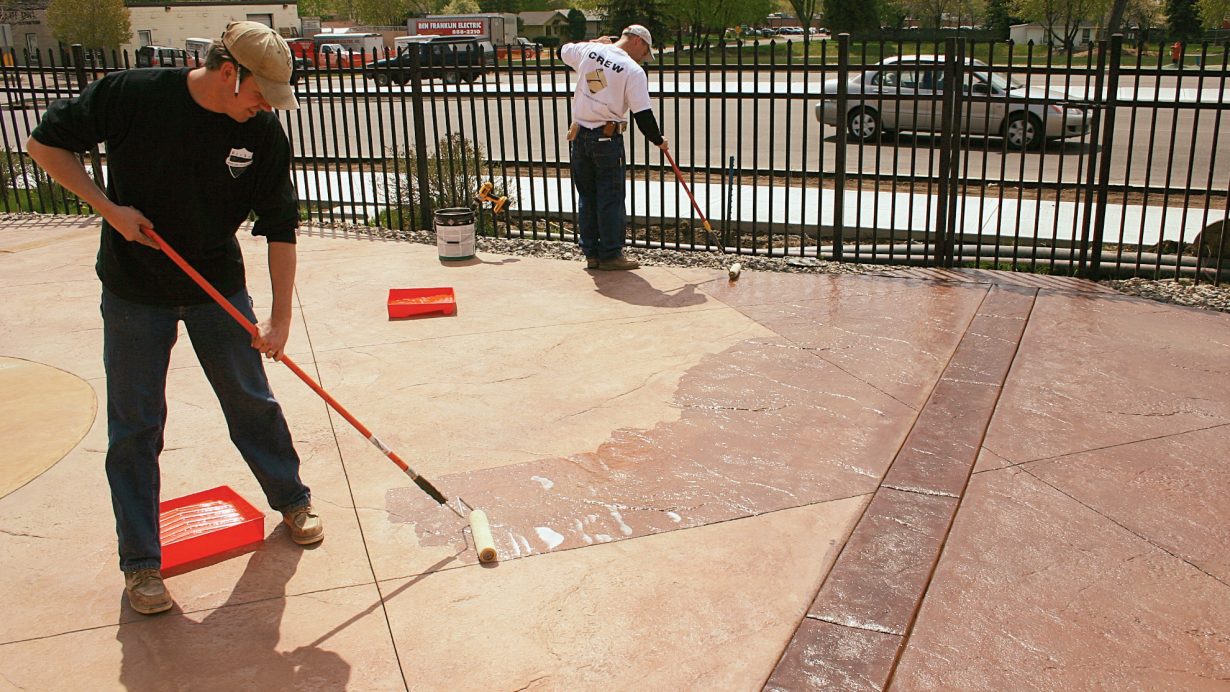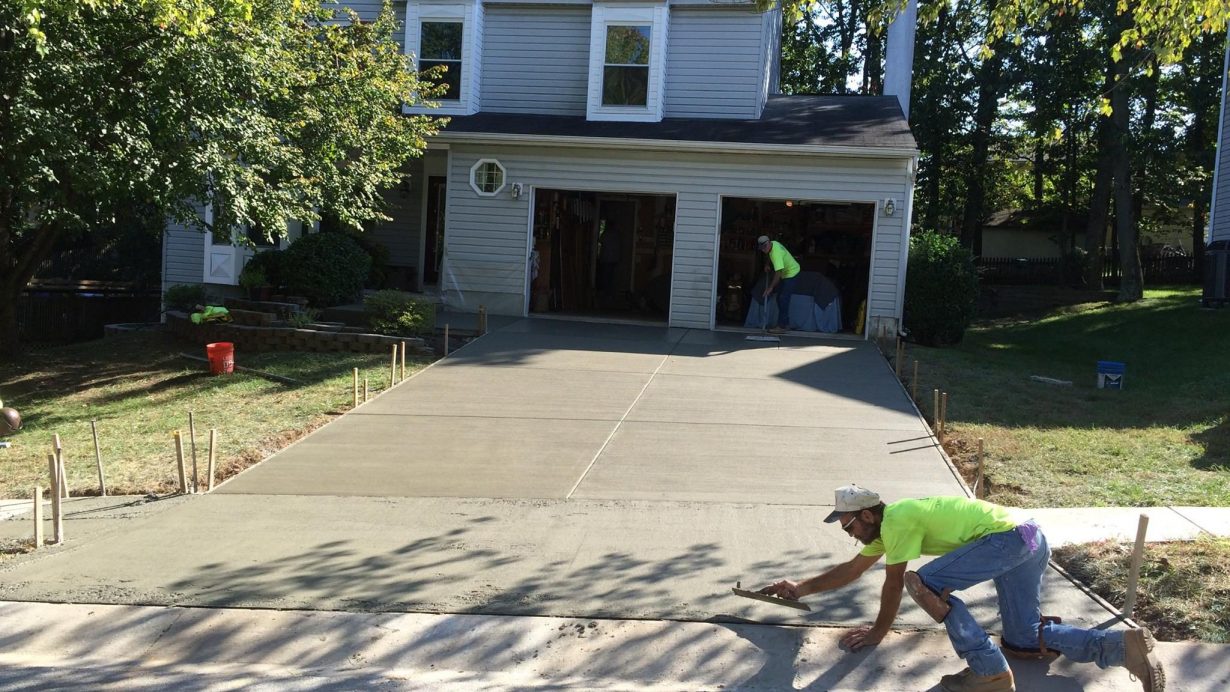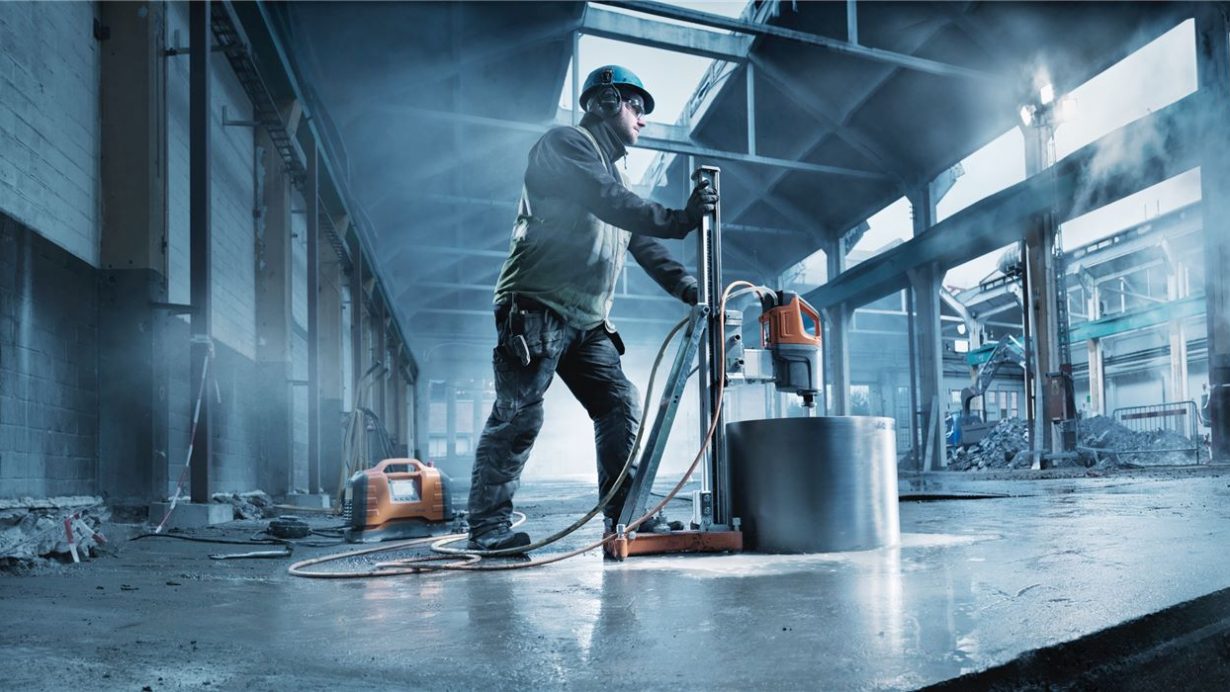Once in a while, you may require to drill into concrete. Maybe you want to put up a shelf, hang some paintings, or install lights. So drilling a hole in concrete is a handy technique. The process is simple, however, you’ll need to pick the right tools and know the way to use them to do a perfect job.
Let’s cut to the chase and find out what you need to do during your concrete drilling activity. To get more technical assistance on concrete cutting and core drilling visit concrete cutting Perth specialists.
The Set-Up
Have a good hammer drill
If you’re working on a small project where you need to drill one or two small holes, then a regular drill will work. But for smooth drilling, in large jobs, a hammer drill is the best. This particular drill fractures the concrete by rapid hammering and then drills, scooping out the broken material.
Understand your tool
Before you can get to work, read the user’s manual and get to know how all knobs and controls work. Take your time, until you’re comfortable with your tool.
Attach a quality masonry drill bit
Masonry bits with carbide tips are the best in this case. Remember to have the flutes as long as the hole you’re drilling, since they help in eliminating dust from the hole.
Set the depth
Drills usually have a depth control bar, so you can always read the user manual and read how to use it. If your drill lacks depth control, you can measure and mark the required depth on the drill bit.
Hold your drill the right way
Hold the drill using one hand, placing your index finger on the “trigger”. If there’s another handle on the drill where you can place the other hand, use it.

The Drilling Process
Mark the spot you’re drilling
Make a mark on the spot you want to drill on your wall. Use a soft pencil and indicate a small cross or dot.
Make a pilot hole
You’ll need a hole to help guide your drill for the real hole. So, place your drill on the mark and drill a bit, at low speed making a shallow hole.
Continue with power
Now you can begin drilling firmly but not forcefully. If your drill has a hammer function, turn it on, then place your drill on the pilot hole, keeping it perpendicular to the concrete, and go on drilling.
Remove the drill occasionally
Pull the drill out and press it in again after every 10 to 20 seconds. This way you’ll be pulling dust out of the hole.
Use a masonry nail on hard places
Sometimes as you drill, you may hit hard places. Whenever this happens, insert a masonry nail in the hole and hit it with a hammer to break the concrete. But don’t drill the nail too deep to avoid problems while pulling it out.
Blow out the dust
Removing dust strengthens the concrete anchors. A squeeze bulb can be used to remove concrete dust from the hole. Remember to put on your goggles to protect your eyes from dust and debris.
And that’s it! With the right tools and using them the right way, you’ll get your
